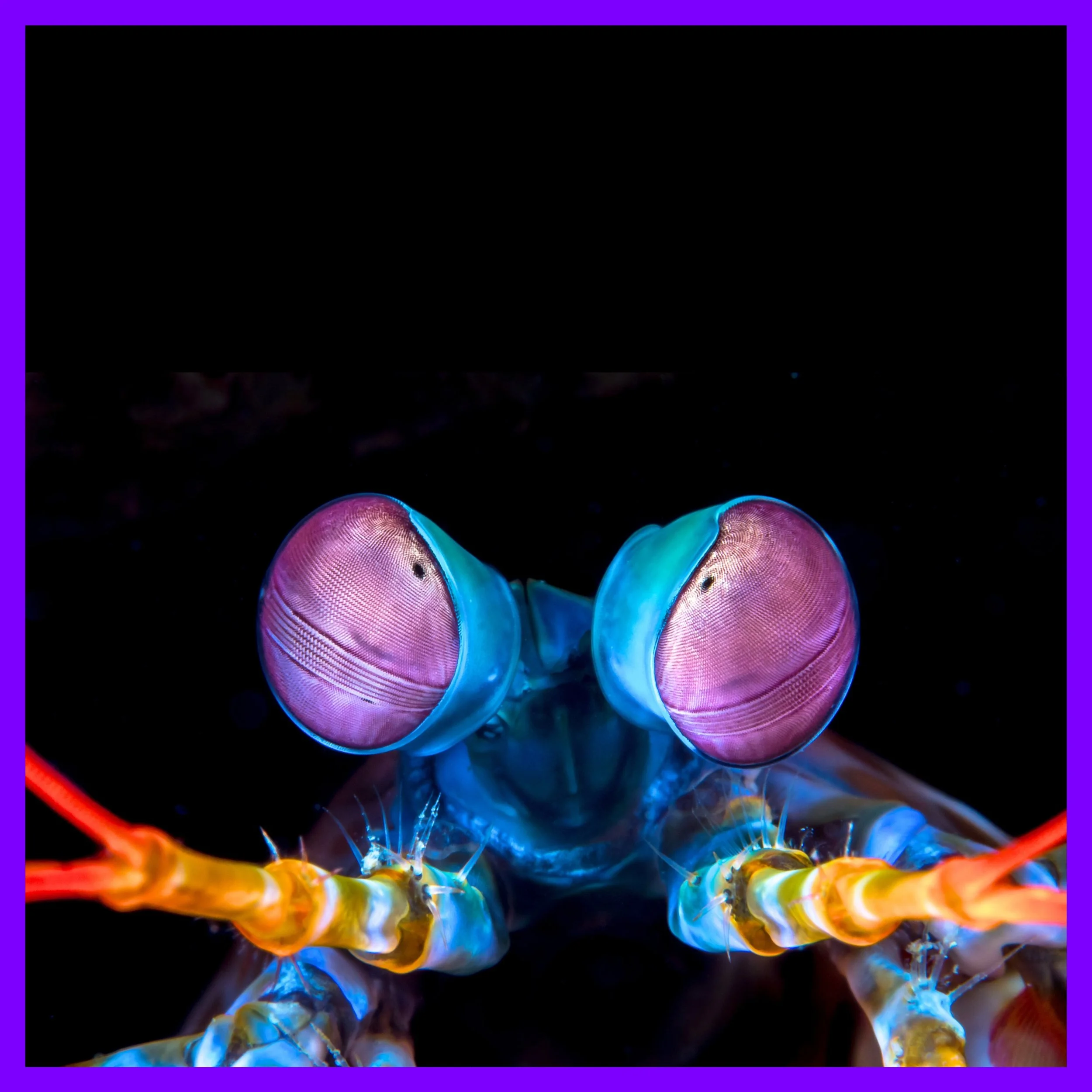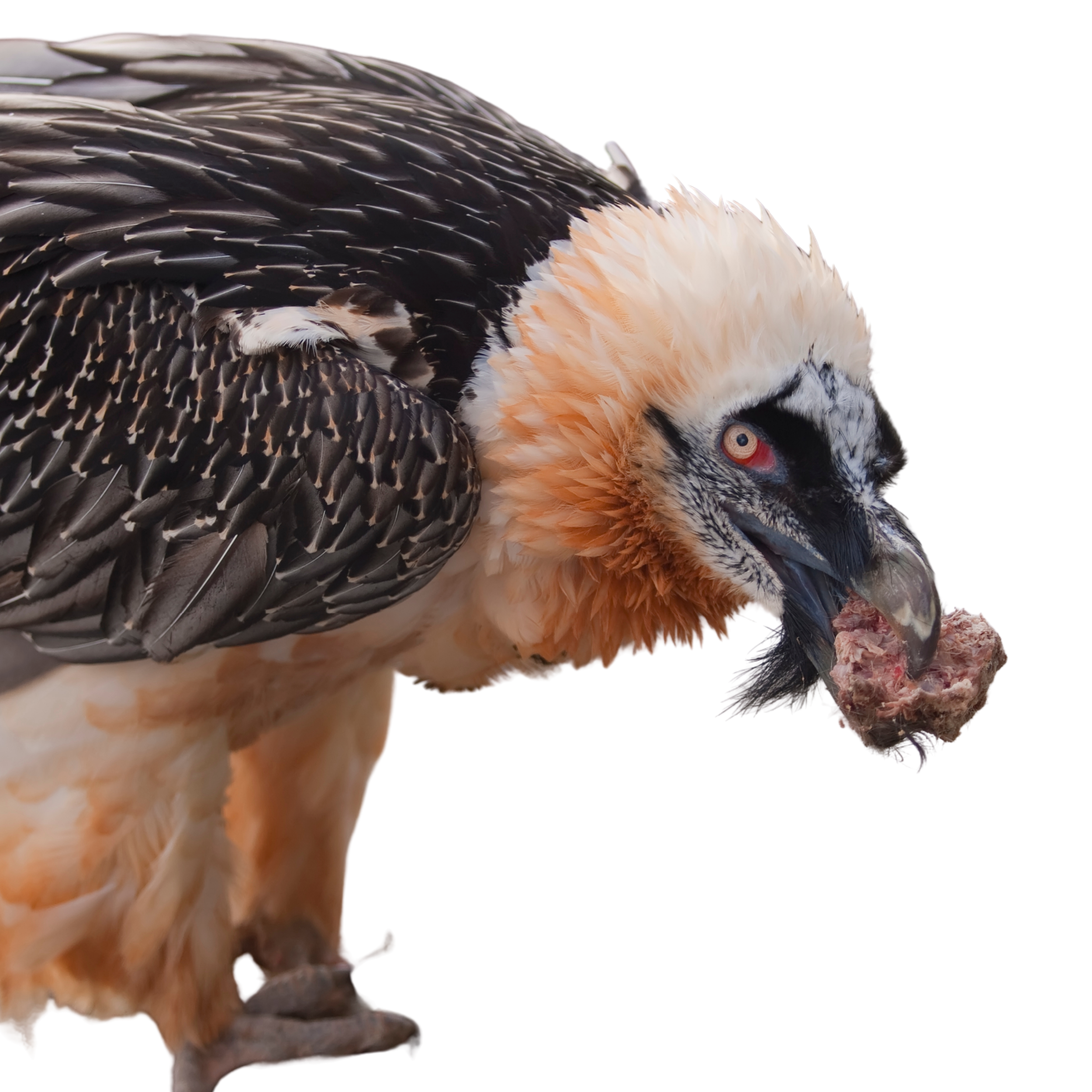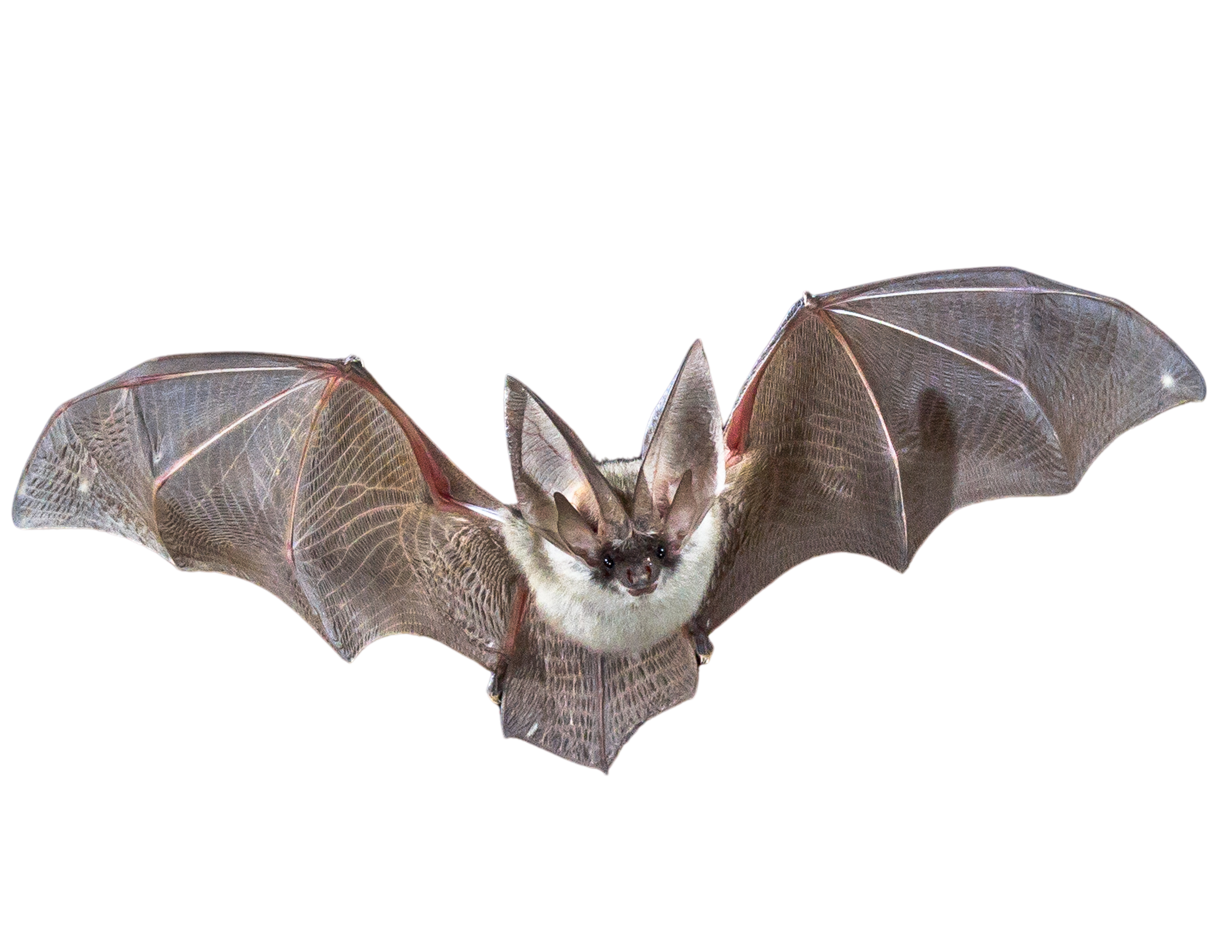What is Understanimals?
Understanimals is an educational initiative designed to challenge misconceptions, shift perceptions, and transform the way learners engage with misunderstood animals.
I designed Understanimals to encourage curiosity-driven learning, combining storytelling, visual exploration, and interactive engagement to help learners see animals not just as they are, but in entirely new ways.
Built with kids in mind, but engaging for parents and lifelong learners alike, Understanimals takes a multisensory approach—leveraging images, interactive questioning, and cognitive reframing to create a learning experience that is as engaging as it is informative.
At its core, Understanimals is about designing learning experiences that shift emotions and perceptions—one animal at a time.
The Inspiration
Why are so many creatures feared, avoided, or overlooked? From childhood, we’re surrounded by pop culture that shapes how we perceive certain animals.
Spiders? Creepy and dangerous. Find one in your house? Time to burn it down.
Sharks? Villainized by Jaws. Lurking just beneath the waves, waiting for the moment you dip a single toe in the water.
Bats? Obviously Dracula’s minions. If they’re not transforming into vampires, they’re definitely flying straight for your hair, fully rabid.
But these narratives rarely reflect reality.
Photo by Jonathan Adobe Stock (ID #667068385)
The Power of Zooming In—Visually and Cognitively
A jumping spider isn’t just a tiny blur in the corner of a room—it’s a miniature teddy bear with eight eyes. Zoom in, and suddenly, those fuzzy legs, big, curious eyes, and tiny chelicerae make it look less like a creature from a horror movie and more like something out of a Pixar film. Perspective changes everything.
An octopus with a shell? Look closer—it’s not a shell, but a built-in floatation device of her own making. The female argonaut, a delicate open-ocean drifter, creates this structure to stay afloat. But that’s not her only trick—these clever hitchhikers have been spotted riding jellyfish, not just for transportation, but possibly for protection and even a free meal. They can pierce the jellyfish’s bell to steal its food while using its stinging tentacles as a shield. The most unexpected octopus of all. Probably.
Think you see the world in color? The mantis shrimp would disagree. With 16 types of photoreceptors (compared to our 3), it perceives an unimaginable spectrum of colors beyond human vision. Oh, and it punches with the force of a bullet—boiling water with sheer speed. Tiny, yet full of surprises.
I started thinking about this disconnect when I got into macro photography. Seeing things up close changed the way I experienced them. A honeybee, which many people instinctively swat away, looked completely different at high magnification—tiny, pollen-covered, delicate. (Though, to be clear, the image here isn’t mine; my pictures don’t come close. But the concept remains the same: zooming in reveals details we might otherwise overlook.)
That shift in perception made me wonder: What if we could apply the same approach to learning? What if, instead of reacting to animals based on fear or reputation, we encouraged people to zoom in—both visually and mentally—on what makes them extraordinary?
That’s what Understanimals is about—a learning experience designed to turn fear into fascination and help learners see these animals in a whole new way.
Photo by GeraldRobertFischer Adobe Stock (ID #280696447)
Photo by CHECHIN, Adobe Stock (ID #13637945)
More Than Just Facts: Designing for Empathy and Connection
Understanimals isn’t just about providing information—it’s designed to change how people see, think about, and emotionally connect with misunderstood animals. Learning isn’t just about absorbing facts; it’s about perceiving the world differently and challenging our assumptions.
To create an experience that fosters empathy, curiosity, and deeper understanding, Understanimals applies key instructional design principles that shape both the content and the way learners engage with it.
Perceptual Learning & Storytelling: Seeing the World Differently
People don’t just absorb new facts—they learn how to perceive the world. Our brains rely on past experiences, cultural narratives, and instinctive reactions to form snap judgments about animals. Understanimals uses storytelling, unexpected imagery, and perceptual contrast to disrupt these automatic reactions.
Storytelling builds emotional connections.
Many animals have been framed as villains in movies, folklore, and media—like sharks in Jaws or spiders in Arachnaphobia.
By using narrative-driven learning, Understanimals reframes these creatures, showing their intelligence, ecological importance, and survival strategies.
Unexpected imagery challenges assumptions.
A jumping spider in a dark corner? Creepy.
A macro image of a jumping spider with big, curious eyes? Surprisingly cute.
A honeybee hovering near you? Maybe scary.
A photo of bees holding “hands” inside a flower while they sleep, covered in pollen? A completely different emotional reaction.
By reshaping how learners visually and emotionally perceive these animals, Understanimals creates a foundation for deeper learning.
We often fear what we don’t understand. But the closer we look, the more details emerge—details that change everything.
A spider scurrying across the floor might seem unsettling at first glance, but zoom in, and a jumping spider reveals itself as a miniature, wide-eyed explorer, more teddy bear than terror. An octopus floating in open water might look alien, but take a closer look, and you’ll find an argonaut carrying its self-made buoyancy device, hitching rides on jellyfish, using their tentacles for both transportation and protection.
This idea of zooming in—sometimes visually, always cognitively—is central to Understanimals.
Visually, macrophotography and close-up visuals uncover details we might otherwise overlook—like the shimmering exoskeleton of a wasp or the intricate iridescence of a beetle’s wings.
Cognitively, deeper exploration and inquiry-based learning reveal the hidden logic behind nature’s design—why some creatures appear frightening, why their adaptations evolved the way they did, and how their survival strategies shape ecosystems.
What seemed creepy becomes complex.
What seemed alien becomes extraordinary.
What seemed monstrous becomes marvelously adapted.
Understanimals invites learners to zoom in—sometimes visually, always cognitively—challenging assumptions and revealing the beauty hidden in the details.
Fear and Fascination: Two Sides of the Same Coin
Here’s the thing—fear and fascination aren’t opposites. They often go hand in hand.
People love the thrill of the eerie, the unknown, the things that make them shudder. Horror movies, haunted houses, deep-sea creatures—there’s something compelling about the unsettling.
Understanimals leans into that curiosity, helping learners explore why certain animals trigger fear and how those same traits are actually remarkable.
Why do anglerfish seem terrifying? Look closer—their glowing lure is a survival tool, helping them hunt in the darkest parts of the ocean.
Why do vultures look so creepy? Look closer—their bald heads actually keep them clean, preventing bacteria from sticking to their feathers when they eat.
Why do bats fly toward us at night? Look closer—they’re not after you, they’re after mosquitoes, helping keep bug populations under control!
When we understand why animals look and behave the way they do, fear transforms into curiosity, respect, and even awe.
Cognitive Dissonance & Cognitive Reframing: Challenging Assumptions to Create New Perspectives
Many fears and misconceptions about animals are rooted in long-held beliefs reinforced by pop culture, media, or instinctive reactions. Understanimals uses cognitive dissonance as a learning tool—presenting surprising information that conflicts with what learners previously believed—then guiding them through cognitive reframing to shift their understanding.
Cognitive Dissonance: The Moment of Conflict
A learner believes, “Bees are aggressive and out to sting me!”
Then, they see an image of bees holding each other’s legs while they sleep.
This creates tension—how can both beliefs be true?
Cognitive Reframing: Shifting Perspective
Instead of dismissing the new information, the learner adjusts their understanding:
“Maybe bees aren’t aggressive—they’re just defensive.”
“Bees are actually highly social, gentle creatures that only sting as a last resort.”
This process doesn’t just change a fact in someone’s mind—it changes how they feel. By guiding learners through this shift, Understanimals helps replace fear with curiosity and appreciation.
Dual Coding: Strengthening Learning Through Visuals & Words
People process information more effectively when words and images work together. Instead of relying solely on text, Understanimals uses layered storytelling—combining visuals, descriptions, and interactive exploration to reinforce learning.
Illustrations, side-by-side comparisons, and videos make complex concepts easier to grasp.
Instead of just saying "Bees dance to communicate," a video shows the actual movement patterns and what they mean.
Text complements visuals rather than repeating them.
Instead of simply labeling a vulture as a scavenger, a graphic might pose a question: "What would happen if there were no scavengers?"—prompting learners to think critically before providing an answer.
This multimodal approach ensures that learning is memorable, engaging, and accessible to different types of learners.
Instead of passively receiving information, learners actively explore, question, and rethink assumptions.
Many people believe all bats are vampiric or carry rabies, but what’s the reality? Instead of just stating facts, Understanimals encourages learners to investigate:
"Do all bats drink blood?" (Answer: Out of 1,400+ species, only three species feed on blood, and they target livestock, not people.)
"What percentage of bats actually carry rabies?" (Answer: Far less than most people think—most bats are not rabid, and they play a crucial role in pest control and pollination.)
"How do bats help ecosystems?" (Answer: By eating thousands of mosquitoes a night, pollinating plants, and dispersing seeds.)
By presenting questions before answers, learners become active participants in uncovering the truth, rather than just absorbing information. This method engages curiosity, challenges misconceptions, and deepens understanding.
Inquiry-Based Learning: Leading with Curiosity
Risk Literacy: Understanding Before Reacting
Many knee-jerk reactions to animals come from fear rather than knowledge. Understanimals teaches risk literacy by helping learners differentiate between real vs. perceived dangers.
Instead of "All snakes are deadly," learners compare venomous vs. non-venomous species and recognize when caution is needed.
Instead of "Spiders in my house are dangerous," learners explore which species pose a threat vs. which are harmless.
The goal isn’t to convince people to love every animal—but to help them make informed decisions instead of reacting out of fear.
Why it Matters
By integrating perceptual learning, storytelling, cognitive dissonance, cognitive reframing, dual coding, inquiry-driven learning, and risk literacy, Understanimals isn’t just about delivering facts—it’s about reshaping the way learners interact with knowledge.
Instead of just learning about animals, learners shift how they see and feel about them.
Fear becomes fascination, discomfort becomes curiosity, and assumptions become understanding.
Understanimals goes beyond traditional science education—it designs for empathy, engagement, and transformation.
Behind the Scenes: How Understanimals is Built
Understanimals is an ongoing initiative, designed and developed as a learning experience that evolves over time. Here’s a look at how it’s being created:
Website Development: Built using Squarespace, HTML and CSS, ensuring a visually engaging and accessible user experience.
Image Sourcing & Creation: A combination of licensed photography, graphics that I created, and carefully selected macro photography to present animals in unexpected ways.
Content Development: Every page is carefully structured to incorporate key educational strategies—such as creating moments of cognitive dissonance, encouraging inquiry-based learning, and fostering risk literacy—to reshape how people perceive misunderstood animals.
Future Plans: The site will continue to expand one animal at a time, incorporating new species, interactive elements, and additional media to deepen engagement.







